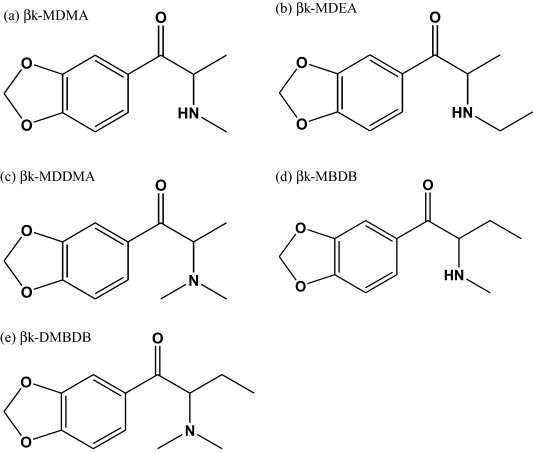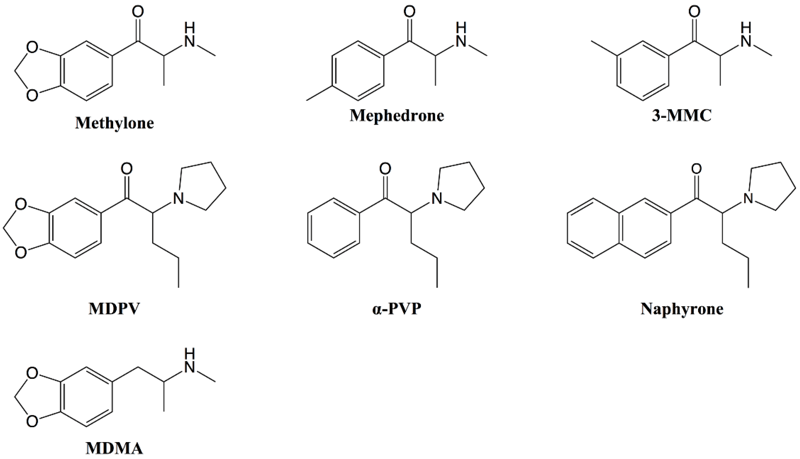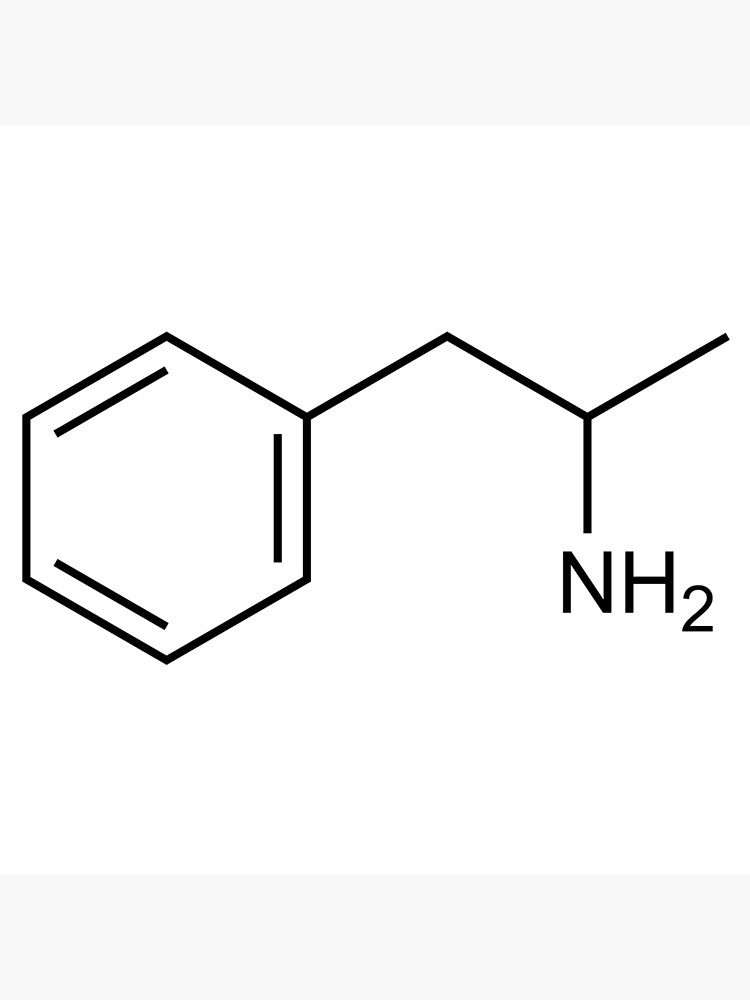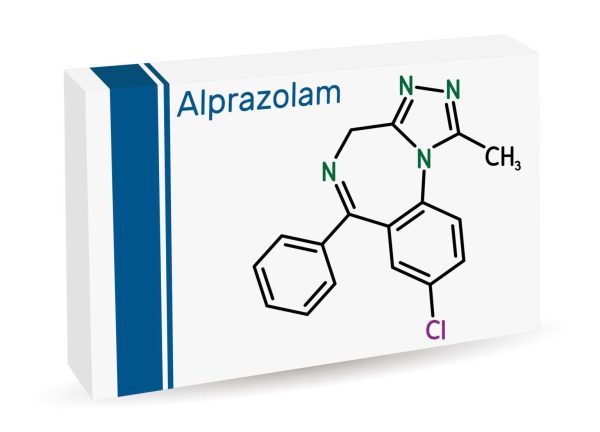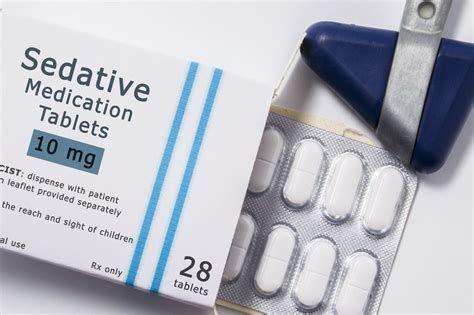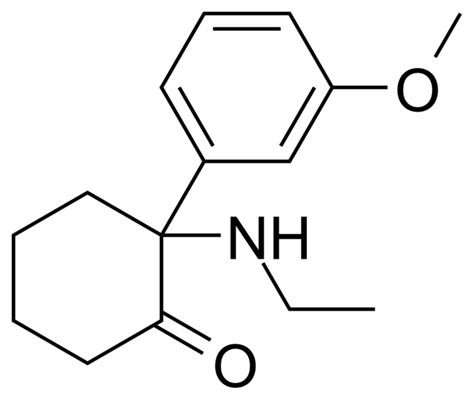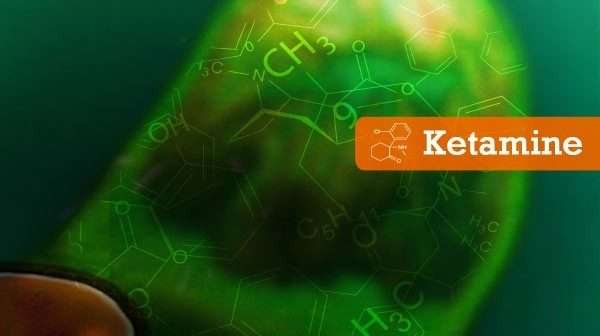MDMA analogues
MDMA is a semi-synthetic drug belonging to the group of phenylethylamines. The chemical structure of the substance allows it to be classified as an amphetamine stimulant, although it is more correct to consider it an empathogen. To date, there are a large number of different products that are sold under the name “ecstasy”, not toRead More

